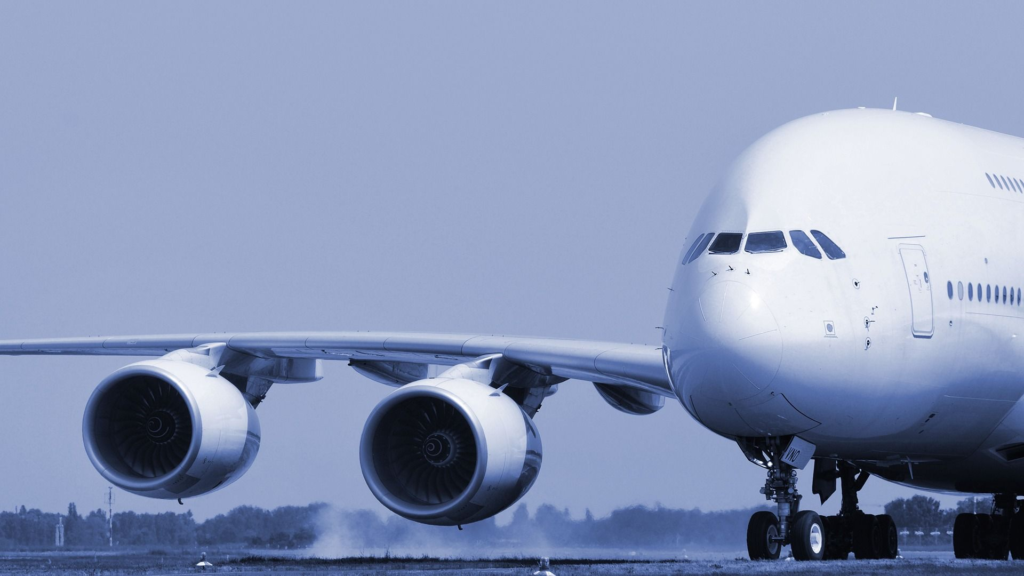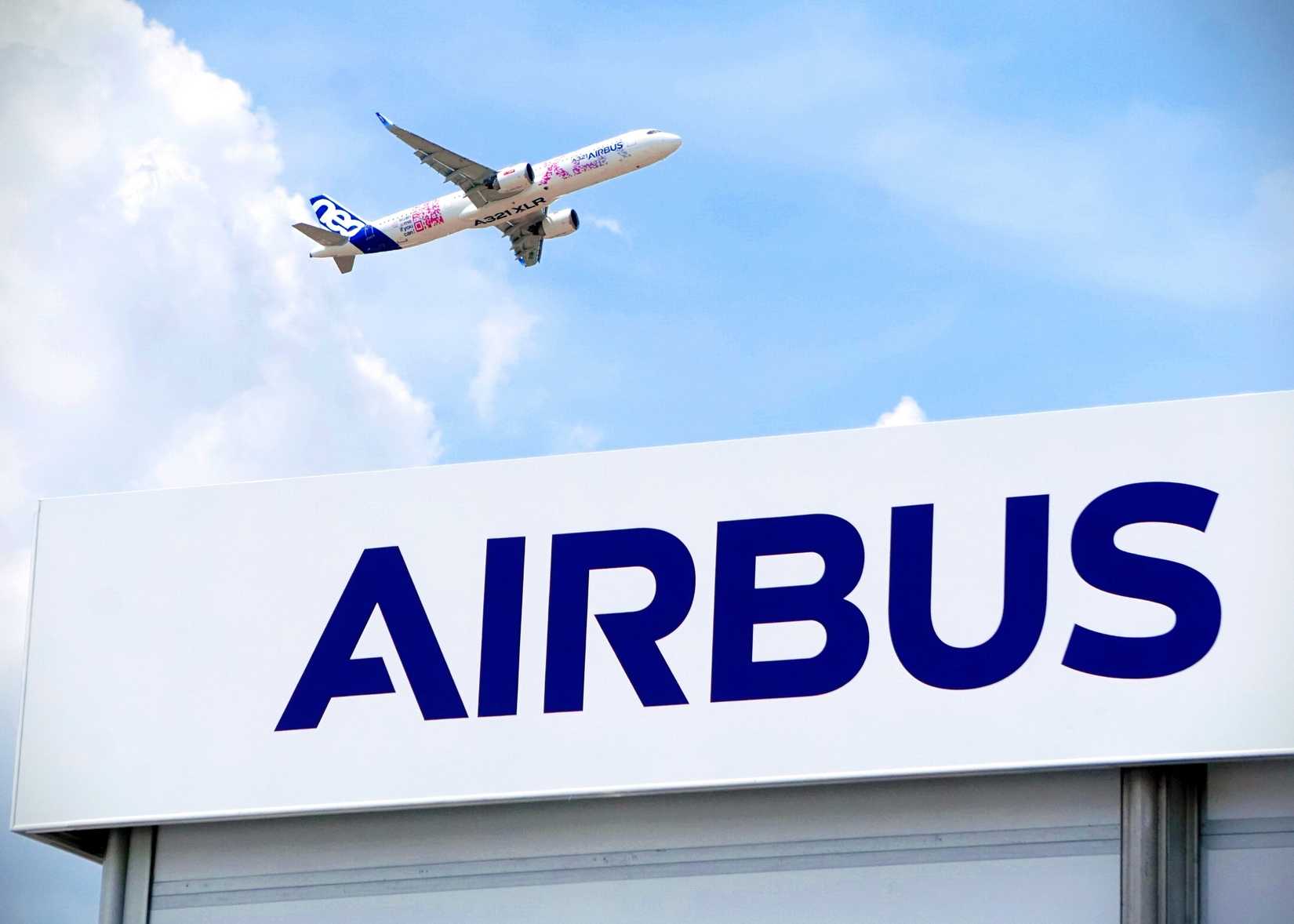Airbus has produced some of the world’s most iconic commercial aircraft, from the Airbus A320 family to the double-decker Airbus A380 . But what about the mysterious Airbus A360? Enthusiasts sometimes ask: will Airbus ever build an aircraft under that designation? This article digs into the myths, the reality, and the future of Airbus’s naming conventions to answer the question.
- Stock Code
-
AIR
- Business Type
-
Planemaker
- Date Founded
-
December 18, 1970
- CEO
-
Guillaume Faury
- Headquarters Location
-
Toulouse, France
The A360 has been the subject of speculation on forums like Quora, Reddit, and even fictional wikis. Yet, as of 2025, Airbus has not announced such an aircraft. This article will explore where the rumor came from, how Airbus names its jets, whether such a plane could exist in the future, and what aviation insiders actually say about it.
Airbus A360: Rumors, Speculation, And The Missing Jet
The Airbus A360 has long been a magnet for aviation speculation, popping up in online forums like Quora and Reddit, fan-made aircraft wikis, and speculative aviation blogs. Some envision it as a midsize widebody designed to rival the Boeing 787 , while others imagine a cutting-edge hydrogen-powered jet, or even a stealthy concept Airbus quietly shelved in the early 2000s.
A few conspiracy-minded enthusiasts claim leaked sketches or internal references exist, hidden from public view. But as of 2025, Airbus has never officially announced, confirmed, or even hinted at a program called the A360. It remains purely speculative. And yet, this absence is where the intrigue deepens: Airbus has conspicuously skipped not just the A360, but also the A370, jumping straight from the A350 to the A380 in its commercial aircraft naming sequence.
This gap has fueled theories ranging from plausible to fanciful. Was Airbus deliberately reserving these numbers for future clean-sheet designs, perhaps a next-generation widebody or a hydrogen-powered airliner that could redefine the market? Could the numbers be held back for branding flexibility, ready to be deployed when the timing and technology align? The speculation shows no signs of slowing, especially as the aviation world watches closely for what might follow the A350 and the company’s next big leap in aircraft design.
Why Did Airbus Skip The A360 And A370 In Its Aircraft Naming?
Part of the confusion arises from the way Airbus numbers its aircraft. Unlike Boeing’s sequential 707–787 naming scheme, Airbus has been more flexible. The A360 never appeared in official press releases, and in the absence of numbers like “360” and “370” , speculation grew that Airbus might have something secret in development. Quora discussions and Reddit threads are full of aviation enthusiasts asking: “Why is there no Airbus A360 or A370?”
- Capacity leap: The A380 could carry nearly twice as many passengers as the A340 (up to 650 vs around 380 in some layouts). Airbus may have chosen “A380” to highlight that quantum leap in capability, skipping intermediate numbers that would make it seem less revolutionary.
- Chinese market strategy: In Chinese culture, the number eight is highly auspicious. Airbus expected China to become the world’s largest aviation market and wanted the A380’s name to resonate there. Some aviation enthusiasts from China also believe that Boeing branded one of its jumbo variants as the “747-8,” partly to appeal to the same market.
- Future placeholders: Airbus may have wanted to leave room for A360 and A370 later. At the time, executives expected the A380 to sell for 30–40 years, meaning there was little pressure to launch another superjumbo. The skipped numbers could, in theory, have been reserved for projects in the mid-market or small widebody categories.
|
Model |
Launch Year |
Notes |
|
A300 |
1972 |
First Airbus jet |
|
A310 |
1983 |
Shortened A300 |
|
A320 |
1987 |
Workhorse narrowbody |
|
A330 |
1992 |
Twin-engine widebody |
|
A340 |
1993 |
Four-engine long-haul |
|
A350 |
2013 |
Modern composite widebody |
|
A380 |
2005 |
Superjumbo flagship |
|
– |
– |
A360/370 skipped |
Historically, Airbus left “gaps” and later circled back. For example, the A220 designation was adopted after acquiring Bombardier’s C-Series. So while the A360 is unused, it remains available if Airbus ever wanted to assign it.
Could Airbus Actually Build An A360? Future Possibilities Explored
People imagine what kind of jet it could be, perhaps a midsize widebody to rival the Boeing 787 or a futuristic hydrogen aircraft. But in reality, Airbus has focused on refining existing families: the A321XLR, the A330neo, and the A350, while also investing heavily in zero-emissions concepts. Still, the A360 intrigues enthusiasts because it looks like “a missing link.”
But in reality, Airbus has so far focused on refining existing families: the Airbus A321XLR, the A330neo, and the A350, while also investing heavily in zero-emissions concepts. Several key factors shape Airbus’s decisions on developing a new aircraft, balancing market needs, technological advancements, and global challenges. These include:
-
Market Demand and Competition: Airbus assesses airline requirements for capacity, range, and efficiency. For instance, the booming demand for single-aisle jets (like replacements for the
Airbus A320
family) far outpaces widebodies, but gaps in the midsize segment could prompt a new model to challenge Boeing’s 787 or 767 successors. -
Sustainability and Regulations: With aviation targeting net-zero emissions by 2050, factors like stricter environmental regulations from bodies like the ICAO drive investments in low-emission tech, such as hybrid-electric systems or
Sustainable Aviation Fuel
(SAF). - Technological Readiness and Innovation: Advances in materials (e.g., composites), propulsion (e.g., open-fan engines), and aerodynamics must mature enough for cost-effective production. Airbus’s Research and Development focuses on “technology bricks” like new wings and hybridization for a next-gen single-aisle jet.
- Economic and Supply Chain Considerations: Development costs (often $10–15 billion per program), supplier reliability, and post-pandemic recovery influence timelines. Delays in supply chains, as seen with current models, could push back launches.
- Geopolitical and Industry Trends: Trade tensions, emerging competitors such as China’s C919, and shifts in global travel patterns (e.g., point-to-point vs. hub-and-spoke) influence program prioritization.
Ultimately, the A360 remains more of a placeholder than a promise. If it ever becomes reality, it would likely emerge only when market demand, technology, and sustainability goals align, perhaps as a hydrogen-powered widebody or a next-gen midsize jet. For now, the A360 remains a symbol of aviation’s imagined future rather than Airbus’s current roadmap.
Why Launching An Airbus A360 Would Be Risky In Today’s Market
Even if Airbus had a compelling design for an A360, there are notable risks to consider. Firstly, launching a new aircraft from scratch involves massive capital outlays and long lead times. Shareholders would expect clear return-on-investment signals, especially after the costly lessons of the A380, which saw only 251 deliveries before production ended in 2021 due to insufficient demand. Changing market priorities could further complicate an A360 program.
|
Risk |
Description |
|---|---|
|
Uncertain Demand |
Airlines hesitant to commit to midsize widebodies |
|
Long Certification Time |
Could take 7–10 years from launch to entry into service. |
|
Competitive Timing |
Boeing may respond quickly with a rival design, e.g., the 787 successor. |
|
Technological Immaturity |
Hydrogen or SAF integration may require waiting until the 2040s. |
Passenger demand is shifting toward point-to-point travel and smaller aircraft with high frequency, as seen in the success of the A321neo, which dominates Airbus’s 2025 order book. This trend undermines the rationale for large or midsize widebodies like a potential A360, especially if it targets the 250–300-seat market.
For instance, Delta Air Lines’ 2025 fleet strategy prioritizes single-aisle A321neos over widebodies, reflecting a cautious approach to significant investments. However, if global demand for midsize jets surges, say, for long-haul routes in Asia, an A360 could find a niche.
Airbus’s Real Priorities: What Comes Before The A360?
Before considering a clean-sheet project like the hypothetical “A360,” Airbus is deeply focused on advancing its current programs and next-generation technologies. Its most ambitious initiative is the ZEROe project , which aims to deliver the world’s first zero-emissions commercial aircraft by 2035 and includes multiple hydrogen-powered concept designs, such as a turboprop, a turbofan, and a blended-wing body, primarily targeting the regional and narrowbody segments.
While not directly applicable to widebodies, the technologies being developed, including liquid hydrogen storage and fuel cell systems, could eventually scale to larger aircraft. Meanwhile, Airbus continues to enhance its existing widebody offering, the A350 family, through incremental improvements such as increased maximum takeoff weight (MTOW) variants, cabin flexibility upgrades, and the development of the A350 Freighter. These upgrades aim to keep the A350 competitive against Boeing’s 787 and 777X families, reducing any urgent need for a new widebody.
|
Speculative A360 Variant |
Pros |
Cons |
Comparison to Alternatives |
|---|---|---|---|
|
Midsize Widebody (vs. Boeing 787) |
Efficient long-haul, 400–480 seats |
High R&D cost, market saturation |
Outperforms A330neo but risks overlapping the A350 |
|
Hydrogen-Powered (ZEROe-inspired) |
Zero emissions by 2050 |
Tech not ready until 2035+ |
Greener than A350 upgrades but less immediate than SAF integrations |
|
Foldable Wing Next-Gen |
20-30% fuel savings |
Regulatory hurdles |
More innovative than Boeing’s 777X but timeline uncertain |
Additionally, Airbus is investing in aerodynamic efficiency research, such as fello’ fly and GEESE, which have shown potential fuel savings of up to 10% and reflect the company’s broader commitment to decarbonization. Given these strategic priorities and ongoing research and development investments, the launch of a next-generation aircraft like the A360, if it happens at all, is unlikely to occur before the 2030s.
A360 Recap: Just A Rumor, Or Airbus’ Future Jet?
The Airbus A360 remains a curiosity, a gap in the lineup that sparks imagination but has no basis in Airbus’ current strategy. Instead, AIrbus is focused on making today’s jets greener and more efficient.
For enthusiasts, the missing A360 and A370 numbers are funny “what-if”. But for Airbus, they are skipped designations, with no mystery project hidden behind them. Looking ahead, the real question is not whether Airbus will build an A360, but whether it will launch a hydrogen-powered jet in the 2030s, possibly with an entirely new naming convention.








